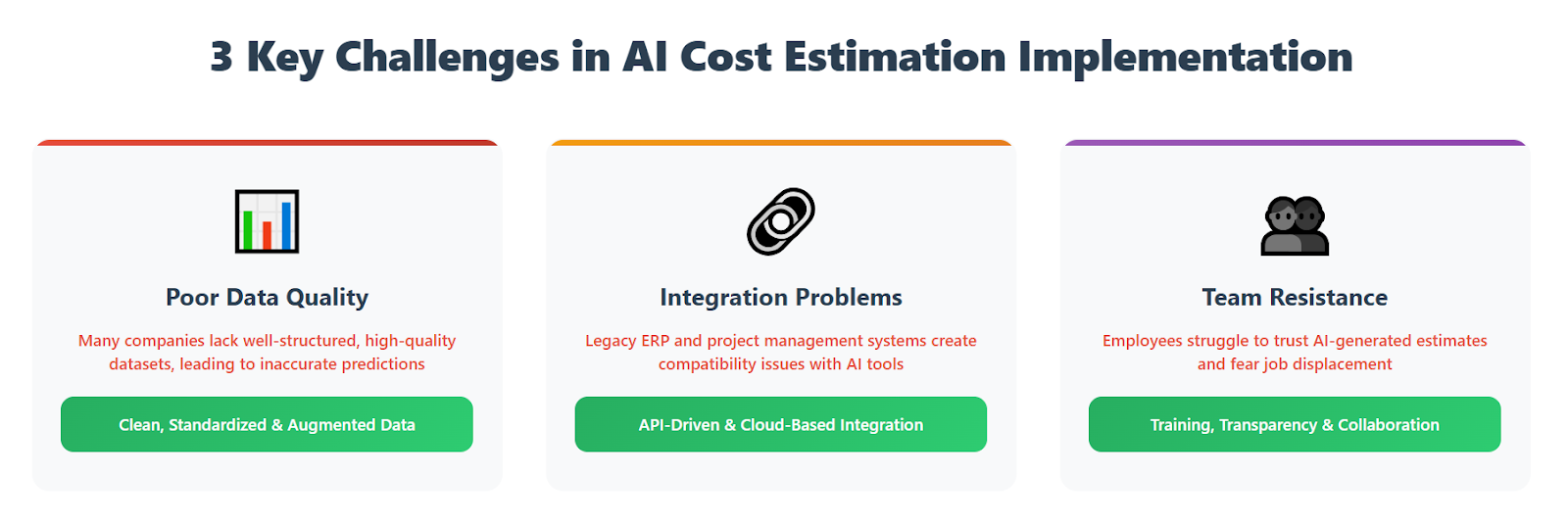Navigating the Hidden Financial Challenges of AI
CFOs and CIOs face hidden AI costs that erode profitability. Strategic collaboration and precise budgeting are key to leveraging AI investments effectively.

Navigating the Hidden Financial Challenges of AI
As artificial intelligence (AI) adoption accelerates across industries, Chief Financial Officers (CFOs) and Chief Information Officers (CIOs) are increasingly confronting significant, often unexpected financial challenges. Despite the strategic promise of AI to transform business operations, many organizations are finding that the hidden costs of AI implementations are eroding profitability and complicating budgeting efforts. This evolving dynamic is reshaping how finance and IT leaders collaborate and manage AI investments.
The Growing Financial Challenge of AI
Recent surveys reveal a widespread trend: enterprises consistently underestimate AI deployment costs, leading to overruns that strain budgets and impact margins. According to a survey by Benchmarkit and Mavvrik involving 372 organizations, 85% of companies miscalculated AI costs by more than 10%, with nearly 25% missing forecasts by over 50%. These overruns are not trivial—84% of respondents reported AI expenses reducing gross margins by at least 6%, and more than a quarter suffered margin hits of 16% or higher.
Such discrepancies often arise from hidden costs related to data management infrastructure, including data acquisition, storage, cleaning, and security. These foundational yet complex elements frequently exceed initial cost projections, as businesses underestimate the extent of legacy data challenges and the resources required to make data AI-ready. Other contributors to unexpected expenses include network access fees for AI models and the cost of tokens for large language models (LLMs), which are increasingly used in AI systems.
Why CFOs and CIOs Must Collaborate Strategically
The financial unpredictability of AI projects has intensified the need for a strong, strategic partnership between CFOs and CIOs. Traditionally, IT departments have been viewed purely as cost centers, but the evolving digital landscape demands a shift in mindset toward seeing technology as a value driver.
Experts emphasize that CFOs and CIOs must act as peers within executive leadership, focusing first on business strategy and value creation, rather than cost minimization alone. CFO Michael Perica advises that initial conversations should prioritize technology’s strategic benefit before budget discussions. CIO Joe Locandro adds that when IT is treated as a strategic partner rather than a cost burden, the organization can better leverage AI investments.
This collaboration is crucial because successful AI adoption requires balancing innovation with financial discipline, ensuring projects align with business objectives and deliver measurable returns. The relationship between finance and IT is evolving into a co-leadership model, where shared accountability for AI’s financial and operational outcomes is essential.
Market Trends and Investment Patterns
Investment in AI technology continues to surge. An Ernst & Young (EY) study released in mid-2025 found that 21% of businesses are investing $10 million or more in AI, an increase from 16% a year earlier, with 35% expecting to invest at that level in the coming year. The scale of these investments underscores AI's growing centrality in corporate strategy but also highlights why precise budgeting and cost management are critical.
However, many companies—especially larger enterprises—face challenges in tracking and forecasting AI costs accurately. Interestingly, smaller, AI-native firms (with revenues between $10 million and $50 million) are more likely to estimate costs within a ±10% margin, possibly due to more granular cost tracking and experience with AI budgeting.
Implications for Business and Technology Leaders
The hidden costs of AI have several important implications:
-
Budgeting and Forecasting: Organizations must adopt more sophisticated cost governance tools and processes that capture the full spectrum of AI-related expenses, including data infrastructure and ongoing operational costs.
-
Executive Alignment: CFOs and CIOs should foster open dialogue focused on strategic priorities and value realization, moving beyond traditional cost-versus-benefit debates.
-
Risk Management: Unforeseen AI costs can jeopardize ROI and delay digital transformation initiatives, so proactive risk identification and mitigation strategies are essential.
-
Talent and Resource Allocation: Effective AI deployment requires investment in skilled personnel and technology platforms to manage data complexities and AI lifecycle management.
Visualizing the Challenge
Images illustrating this topic typically include:
- Executive meetings between CFOs and CIOs discussing AI strategy.
- Data center or cloud infrastructure visuals highlighting the underlying platforms driving AI costs.
- Graphs or charts showing AI cost overruns or budget variance statistics.
- Logos or screenshots from major AI technology providers or enterprise software platforms used in AI deployments.
In summary, while AI promises substantial business transformation, CFOs and CIOs face a complex landscape of hidden costs that complicate budgeting and threaten margins. The solution lies in strengthening CFO-CIO collaboration, improving cost forecasting accuracy, and aligning AI investments tightly with strategic business outcomes. Organizations that master these challenges stand to gain a decisive competitive advantage in the AI-driven future.



